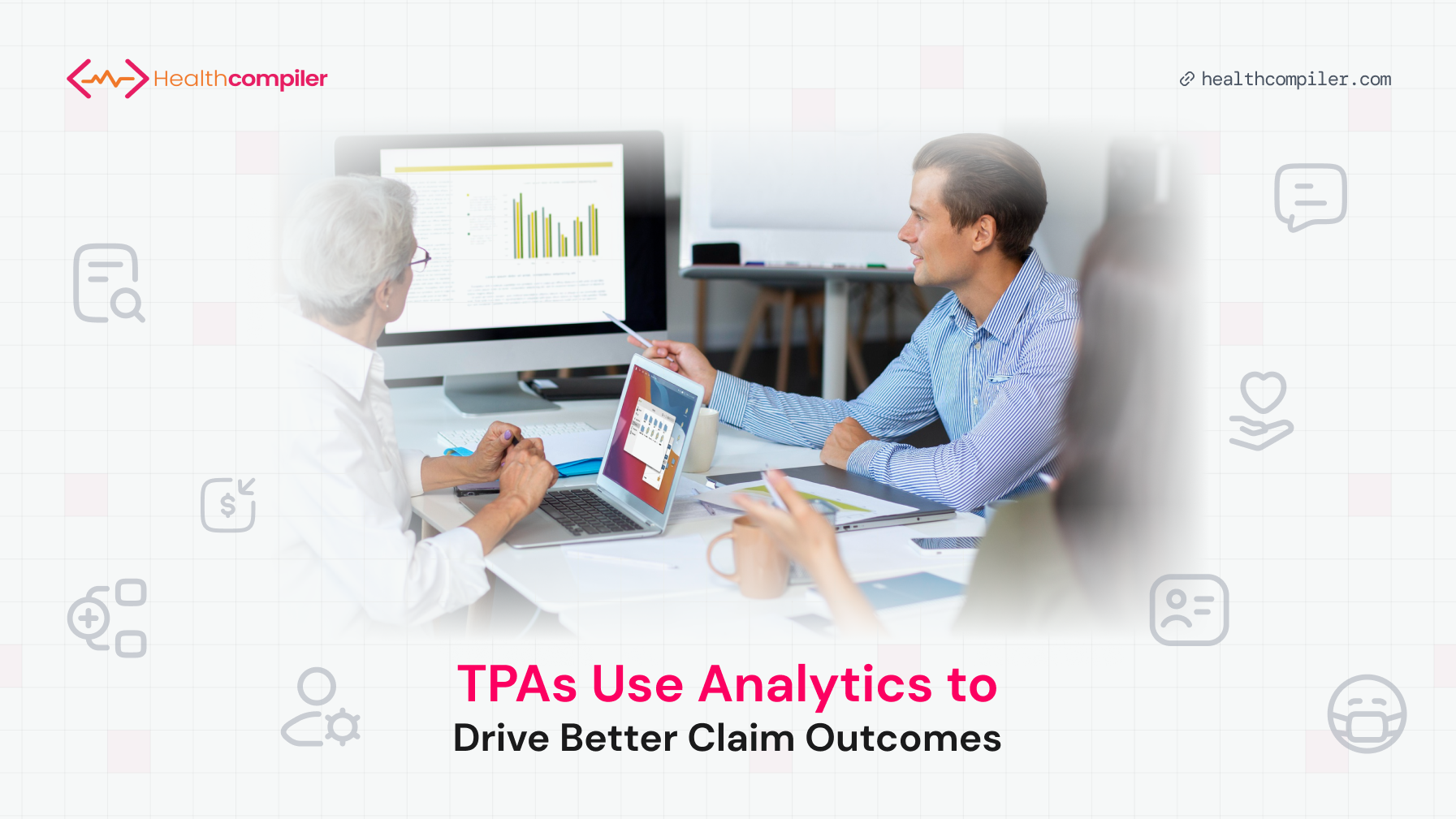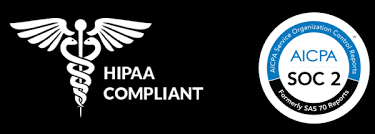How TPAs Use Analytics to Drive Better Claim Outcomes

In the realm of self-funded health plans, third-party administrators (TPAs) play a pivotal role in managing claims and ensuring optimal outcomes for all stakeholders involved. By leveraging advanced analytics, TPAs can significantly enhance the claims process, benefiting Direct Primary Care (DPC) providers, employers, benefit advisors, and themselves. Here’s how analytics can drive better claim outcomes for each of these stakeholders.
1. Understanding Organizational Objectives
For TPAs, the first step in utilizing analytics effectively is to understand the unique objectives of the organizations they serve. This involves:
Assessing Current Performance: TPAs can analyze claims data to evaluate the current state of an organization's health plan. Key metrics such as claim closure rates, average costs per claim, and the frequency of high-cost claims provide a comprehensive view of the program's health.
Identifying Improvement Opportunities: By drilling down into the data, TPAs can identify specific areas where improvements can be made, such as reducing the time taken for claims processing or enhancing the return-to-work rates for injured employees. For instance, if data reveals that certain types of injuries are leading to prolonged claims, targeted interventions can be developed.
2. Defining Goals and Priorities
Once the current state is understood, TPAs can work with organizations to set realistic goals and priorities. This process includes:
Creating Key Performance Indicators (KPIs): TPAs can help establish KPIs that align with the organization’s objectives, such as reducing the average cost of claims or improving employee health outcomes. These metrics provide a clear framework for measuring success.
Cost-Benefit Analysis: Advanced analytics can facilitate a cost-benefit analysis that helps organizations understand the financial implications of various health initiatives. For example, analyzing the costs associated with delayed return-to-work scenarios can highlight the importance of timely interventions.
3. Implementing a Systems-Based Approach
Managing claims effectively requires a systematic approach, and TPAs can leverage technology to enhance project management:
Real-Time Data Tracking: By utilizing sophisticated analytics tools, TPAs can provide real-time updates on claims status and project progress. This transparency allows all stakeholders to stay informed and make timely decisions.
Collaboration Across Teams: A systems-based approach fosters collaboration between TPAs, employers, and healthcare providers. By integrating data from various sources, TPAs can facilitate discussions among stakeholders to develop comprehensive strategies for improving claims outcomes.
4. Enhancing Communication and Reporting
Effective communication is vital for successful claims management. TPAs can utilize analytics to improve reporting and stakeholder engagement:
Visualizing Data: Infographics and dashboards can present complex data in an easily digestible format. This visualization helps stakeholders understand trends and make informed decisions quickly.
Regular Updates and Feedback: TPAs can establish a routine for providing updates on claims performance, allowing stakeholders to adjust strategies as needed. Regular feedback loops ensure that all parties are aligned in their goals.
Conclusion
By harnessing the power of analytics, TPAs can transform the claims management process for self-funded health plans. This not only leads to better outcomes for injured workers but also enhances the overall efficiency and effectiveness of the health plan. As TPAs continue to evolve into consultative partners for employers, DPC providers, and benefit advisors, their ability to leverage data-driven insights will be crucial in navigating the complexities of healthcare management. Ultimately, a collaborative approach that utilizes advanced analytics will drive improved health outcomes and cost savings for all stakeholders involved.



